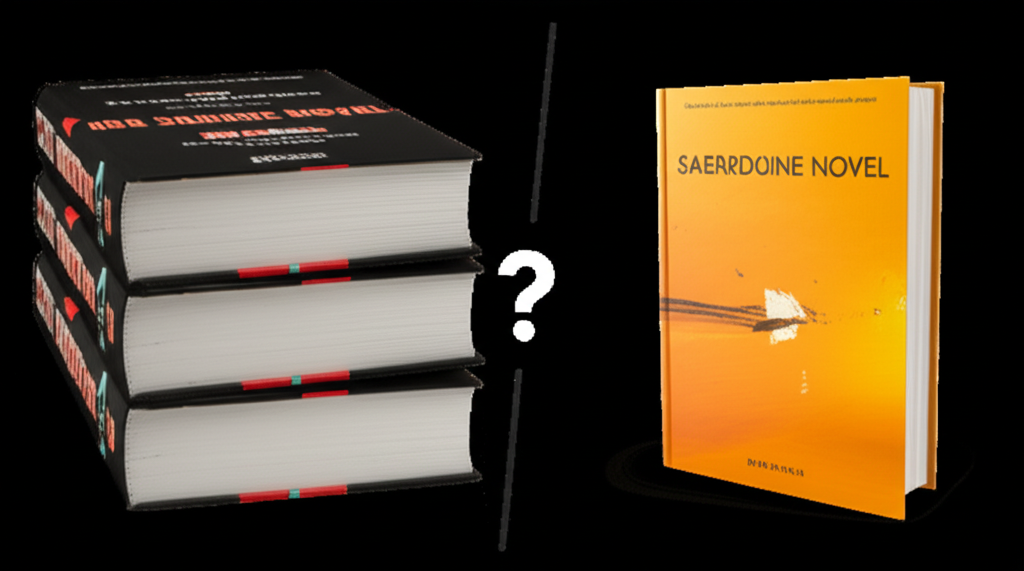The Global Opportunity
While the US and UK markets are often the focus for English-language authors, international markets represent a massive opportunity. The global book market is worth over $100 billion annually, with English-language titles accounting for only about 30% of that total.
Direct International Distribution
The simplest way to reach international readers is through existing platforms:
1. Amazon's Global Marketplaces
When you publish through KDP, your book is automatically available in all Amazon marketplaces. However, strategic pricing and category selection for each marketplace can significantly improve your visibility.
2. Wide Distribution
Platforms like Draft2Digital, PublishDrive, and Smashwords can distribute your ebooks to regional retailers that Amazon doesn't reach, including Tolino in Germany, Vivlio in France, and many others.
3. Print Distribution
IngramSpark offers global print distribution that can make your paperbacks available to bookstores worldwide, though actual stocking depends on local demand.
Translation Strategies
To truly tap into non-English markets, translation is essential. Consider these approaches:
1. Self-Funded Translation
You pay for professional translation upfront and retain all rights to the translated work. This requires significant investment but offers the highest potential return.
Cost range: $0.06-0.12 per word ($6,000-12,000 for a 100,000-word novel)
2. Royalty-Share Translation
Services like Babelcube connect authors with translators who work for a share of royalties rather than upfront payment. This reduces financial risk but also reduces your earnings per sale.
3. Traditional Foreign Rights Deals
Selling translation rights to foreign publishers who handle translation, distribution, and marketing in their territories. This typically involves an advance against royalties.
Finding Foreign Rights Buyers
Even as an indie author, you can attract interest from international publishers:
1. Build a Track Record
Strong sales in English markets make your book more attractive to foreign publishers. Aim for at least 5,000-10,000 sales before actively pursuing translation rights deals.
2. Attend International Book Fairs
Major events like the Frankfurt Book Fair, London Book Fair, and Bologna Children's Book Fair are where rights deals happen. Consider attending or hiring a rights agent to represent you.
3. Use Rights Marketplaces
Platforms like PubMatch and IPR License allow you to list your books' available rights for international publishers to discover.
Cultural Considerations
Success in international markets often requires more than just translation:
Covers and Titles
Different markets have different visual and title conventions. What works in the US might not resonate in Japan or Germany.
Content Sensitivity
Some content may need adaptation for different cultural contexts or to meet local regulatory requirements.
Marketing Approaches
Promotional strategies that work in your home market might not be effective elsewhere. Research local book marketing channels and reader preferences.
Case Study: Success in Germany
One Read & Rate author saw modest success with their thriller series in the US (around 15,000 copies sold) but exploded in the German market after working with a local publisher, selling over 100,000 copies in the first year. The key was adapting the cover design and marketing to local tastes while maintaining the core appeal of the story.
Getting Started: A Step-by-Step Approach
- Optimize your existing English titles for international Amazon stores
- Expand to "wide" distribution to reach more global retailers
- Research which of your books might appeal to specific foreign markets
- Consider testing with a shorter work before investing in full-length novel translation
- Network with authors who have succeeded in your target markets
Remember that international expansion is a long-term strategy. The investment of time and resources today may not pay off for 12-24 months, but can eventually create significant new revenue streams for your publishing business.





